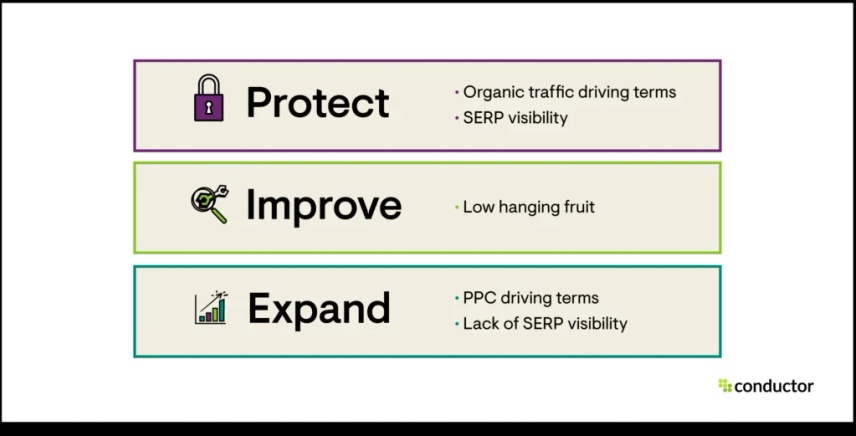Understanding Secondary Dimensions in Google Analytics: What is a Secondary Dimension and How It Enhances Data Evaluation
Maximizing Your Data Analysis With Secondary Measurement in Google Analytics for Informed Decision-Making
In the realm of digital analytics, the ability to essence meaningful insights from information is paramount for making educated decisions that drive organization success. Google Analytics, a powerful tool in the hands of electronic online marketers and experts, supplies a feature understood as Second Dimension. This often-underutilized function has the possible to uncover a riches of info that can give a much deeper understanding of customer behavior and website performance. By touching right into the capacities of Secondary Dimension, individuals can get a more detailed sight of their information, allowing them to make strategic decisions based on a much more thorough and nuanced evaluation.
Understanding Second Measurement Performance
Comprehending the additional dimension capability in Google Analytics enhances the deepness of information evaluation by giving extra context to key metrics. By including an additional dimension, analysts can section and compare information, gaining understandings that would otherwise continue to be concealed. This attribute enables customers to see data through various lenses, such as the resource of website traffic, user habits, or geographical area, supplying a much more extensive understanding of internet site efficiency.
Making use of additional dimensions can reveal patterns and relationships that might not be evident when looking entirely at key metrics. Matching the main metric of web page sights with a second measurement like device category can discover whether certain devices drive even more web traffic to details web pages. This details can after that inform site optimization approaches customized to different device users.
Implementing Secondary Measurement in Records
Structure upon the insights acquired through additional measurement evaluation, including these dimensions efficiently into reports in Google Analytics is important for removing workable data-driven choices. what is a secondary dimension in google analytics. By applying secondary dimensions in reports, users can delve much deeper into the performance metrics of their web site or application. This function permits for an extra extensive analysis by providing additional context to the primary dimension picked
To apply a secondary measurement in records, just browse to the preferred report in Google Analytics and click on the "Second dimension" tab located over the information table. From there, individuals can pick from a large range of second dimensions such as 'Source/Medium', 'Gadget Group', or 'Touchdown Web page'. Choosing the most relevant second measurement will depend on the certain understandings you are seeking to discover.
Making use of secondary measurements in records not only boosts the depth of evaluation but additionally aids in recognizing trends, patterns, and relationships that may have otherwise gone undetected. This tactical technique to information analysis allows services to make informed decisions that drive development and success.

Studying Data With Additional Dimensions
Upon incorporating second measurements right into information evaluation within Google Analytics, a thorough examination of vital efficiency indicators can be attained, supplying beneficial understandings for strategic decision-making. By using second measurements, experts can additionally explore their main data dimensions, such as traffic sources or user demographics, to reveal patterns or fads that might not be immediately apparent. This much deeper degree of evaluation enables for a more extensive understanding of user actions and communications on a website or electronic system.
Assessing information with additional dimensions enables online marketers and site proprietors to address more details questions regarding their audience, material performance, and marketing efforts. By integrating the primary dimension of web traffic resources with an additional measurement like geographical area, companies can determine which areas drive the most valuable web traffic to their site. This kind of granular insight can educate advertising and marketing read what he said techniques, content production, and site optimization initiatives to much better satisfy the demands and choices of their target audience.
Leveraging Additional Measurements for Insights
By incorporating second measurements successfully, analysts can extract deeper insights from data embed in Google Analytics, boosting the understanding of individual actions and efficiency metrics. Leveraging secondary measurements entails combining various characteristics or metrics with key data to discover patterns and fads that might not appear in the beginning look. By including a second measurement such as 'Device Group' to a report on website traffic, analysts can recognize whether customer habits varies throughout various tools like desktop computers, mobile phones, or tablets.
Furthermore, utilizing additional dimensions allows analysts to sector data more granularly, enabling them to recognize particular target market sections or geographical places that display unique habits. what is a secondary dimension in google analytics. This segmentation can be critical in tailoring advertising and marketing approaches, maximizing web site material, or enhancing customer experience based upon the special features of each sector
Basically, leveraging additional dimensions in Google Analytics empowers experts to dig deeper into data, acquire significant insights, and make informed choices that drive service growth and success.
Enhancing Decision-Making Through Secondary Dimensions
Making use of additional dimensions in information evaluation supplies a tactical advantage by revealing actionable insights that drive educated decision-making in Google Analytics. By improving decision-making through second measurements, users can dive much deeper right into their data to remove useful information that might not be quickly evident. These additional dimensions supply an even more thorough view of customer habits, interactions, and results, making it possible for analysts to make even more enlightened decisions based upon concrete information.
Through the application of additional measurements, experts can section and filter information to determine patterns, fads, and connections that might influence decision-making processes. This boosted degree of granularity enables a more targeted approach to examining information, bring about even more informative and precise verdicts.
Additionally, second dimensions supply the opportunity to compare different data points alongside, assisting in a much more complete examination of performance metrics and KPIs. By leveraging additional measurements effectively, services can optimize their methods, improve customer experiences, and inevitably accomplish their goals with confidence.
Final Thought

Structure upon the insights obtained through second measurement evaluation, incorporating these dimensions effectively into records in Google Analytics is critical for drawing out workable data-driven choices.To execute a secondary dimension in records, merely navigate to the desired report in Google Analytics and click on the "Second measurement" tab located above the data table. By making use of second dimensions, analysts can even more explore their key information measurements, such as traffic resources or customer demographics, to uncover patterns or fads that may not be instantly evident. By incorporating the key measurement of traffic sources with a secondary dimension like geographical location, services can determine which areas drive the most useful website traffic to This Site their site.By integrating additional dimensions properly, experts can remove much deeper understandings from data sets in Google Analytics, enhancing the understanding of user behavior and efficiency metrics.